COMPAGNIA KAOS – ANDERSEN 2011, THE TALES THAT ARE NOT THE FABLES/FIABE CHE NON SONO FAVOLE – TEATRO IL VASCELLO | ROME
ANDERSEN 2011
THE TALES THAT ARE NOT THE FABLES
KAOS Company
Teatro Il Vascello, Rome
24 March – 03 April 2011
Emanuela Ponzano Director
Text by Roberta d’Errico
A feeling of wonder informs the show of the young actress and director Emanuela Ponzano: wonder to unveil how the remark on the sense of some of the most famous Andersen’s fables draw closer to the contemporary histories. Through a transcription more metaphorical than linguistic the director is able to keep up the original storytelling sliding it into the interstices of the daily tragedies like a small stream.. The leitmotif of the show is the poet and fables writer’s character that floats up from the pages of the tale “The Shadow”. The regular dialogue with his shadow and the considerations about the uselessness to go on writing fables nowadays is the structure upon which are inserted the events of the characters in the fables the director chose for her work of transposition. The characters in the fables come into view, express an iron will to go on living even beyond the ash of the manuscripts the writer has resolved to burn evoking Pirandello’s work “The six characters looking for an author”. Yes, burn it, and in so doing it is emphasized the most important stage setting: an enormous fireplace beyond which the characters come alive and cross the threshold that divides the real from the unreal life, taking with great bravery the space next the audience. In such a sense the stage setting is favoured by the structure of the Studio Hall in the Theatre Vascello that, although it is cramped for the visual perception of the show it is of value, as stated by the director, because of its extent in depth allowing in such a way the zoning of the room between the intimist and almost fairy-tale room for the poet, and a fantastic non place beyond the fireplace. To be alive the characters are compelled to demonstrate that their histories are not dead, they were painted just with more atrocious colours because we are able to recognize them easily. So the character of the little match-seller is currently a young girl of 11 years old, a drug mule frozen to death under the snow. And the matches she is lighting do not represent just her need of getting warm, but they are the symbol of the drug that she is longing for.
The fairy-tale of the ugly duckling explains clearly that the assault against the outsiders takes on a racialist stance towards people having another culture and their ugliness is not seen as an aesthetic value but as a loss of identity and cultural traditions.
To such a tale it matches that of the little mermaid who represents the poetic climax of the performance. Today the little mermaid can be a man, a man coming from sea, drifted with the tide risking his own life. In such a case, the director’s work appears to be original when she highlights the courage of those who leave their own world and reach another one where the varieties of sounds make them speechless. The director entrusts the play role of this character to an African boy and not to a professional actor on purpose. It is truly soul-stirring his sweet melody that evokes far away worlds and his effort to speak into an unknown language.
A close relation exists between the staging of the fable “the Tin soldier” and the “Red children’s shoes”. To our great surprise we discovered that the so-called Stagno (tin) is a town near Cremona. The soldier is a true soldier and he was separated from his girl friend because of the war. He get killed when he thinks of his love and contemplates her picture. At the same time we see the dancer with the red children’s shoes that crosses the place beyond the fireplace in order to evoke the soldier death close to him. The union in the death is a quotation of the fable; in the current performance the girl friend forgot the soldier and she makes herself successful becoming Miss Tin, and the gesture crowning it all is to put on a pair of red stiletto heels on which she walks with difficulty and she get possessed by an intoxicating whirl. From here on the role character of the Red children’s shoes is played by Emanuela Ponzano in person. The director-actress comes on stage playing with a pawn just like a child which she is, but all of a sudden she decides to abandon and terminate her adolescence in order to follow the easy success of the television and to become therefore a puppet ready to laugh and to do everything to accomplish her unbridled wish to appear.
The performance ends up with the fairy-tale “The Emperor’s new cloths” where its trait d’union with the previous tale is his wish to be beautiful and perfect up to the grotesque and absurd beyond time and mankind. To unveil the truth it is the candid glance of a child, the same one will save us and this crazy and strange world from the suffering stratification of false and distorted values.
In this performance are inserted also some fabrics of urban myths, new fables which hold the true or false secrets that hide themselves in the depths of the unknown everyday life just like that of the black ambulances which kidnap the children to rob them of their inner organs and leave their empty body on the street.
The characters have concluded their course, they have nothing to say and demonstrate. The writer is on the verge to give up, but a ray of hope is given to us: the salvation comes from poetry and from poetic understanding of the real life that it can’t help to do it.
The sense of the performance is in the consideration that we heard in the beginning of the show but with reversed words: “When your shadow is in front of you it means that what you have bright is at your back: it is poetry besides being physics”.
Roberta d’Errico
Theatre Editor
Translated by Salvatore Rollo – at salvatore_rollo@fastwebnet.it
…)(…
COMPAGNIA KAOS – ANDERSEN 2011 FIABE che NON sono FAVOLE
Teatro Il Vascello di Roma
24 marzo – 3 aprile 2011
Regia di Emanuela Ponzano
www.andersen-2011-fiabe-che-non-sono-favole-sala-studio-teatro-vascello-rome/
Testo di Roberta d’Errico
La sensazione che guida lo spettacolo della giovane regista e attrice Emanuela Ponzano è quella dello stupore: stupore di scoprire come la riflessione sul senso di alcune delle più famose fiabe di Andersen avvicini alle storie contemporanee. Attraverso una trascrizione più metaforica che linguistica la regista riesce così a mantenere la narrazione originale facendola scivolare come un rivolo d’acqua negli interstizi delle tragedie quotidiane. Il filo conduttore della rappresentazione è il personaggio del poeta e scrittore di fiabe che si libra dalle pagine della favola L’ombra di Andersen. Il costante dialogo con la sua ombra, le riflessioni sull’inutilità di continuare a scrivere fiabe oggi, è la struttura su cui si innestano le vicende dei personaggi delle fiabe che la regista ha scelto per il suo lavoro di trasposizione. I protagonisti delle fiabe, quasi evocando I sei personaggi in cerca d’autore di Pirandello, si materializzano, esprimono una volontà ferrea di continuare ad esistere anche oltre la cenere dei manoscritti che lo scrittore decide di bruciare. Bruciare, si, e questo ci porta ad evidenziare l’elemento scenico di maggiore forza: un enorme camino al di là del quale prendono vita i personaggi che, varcando la soglia di separazione tra il reale e l’irreale, conquistano con coraggio lo spazio più vicino allo spettatore. L’impianto scenico in questo senso è assecondato dalla struttura della sala Studio del Teatro Vascello che, sacrificante per la percezione stessa dello spettacolo, ha il pregio, come afferma la regista, di svilupparsi in profondità consentendo appunto la drastica suddivisione tra la stanza del poeta, intimista e quasi fiabesca, e il non luogo della fantasia, al di là del camino.
Per esistere i personaggi sono costretti a dimostrare che le loro storie non sono morte, si sono solo tinte di colori più atroci perché a noi più riconoscibili. Così il personaggio della piccola fiammiferaia è, nella contemporaneità, una bambina di 11 anni, un corriere della droga, morta di freddo sotto la neve. E i fiammiferi che lei accende non rappresentano solo l’esigenza di scaldarsi, ma simboleggiano il fuoco della droga che le brucia dentro.
La favola de Il brutto anatroccolo si presta agevolmente a spiegare che l’aggressione verso ciò che è diverso assume i lineamenti del razzismo verso i popoli che appartengono ad un’altra cultura e la loro bruttezza non è tanto percepita esteticamente, ma nella non riconoscibilità di lineamenti e abitudini.
A questa fiaba, fa da pendant quella della sirenetta che rappresenta l’apice poetico della rappresentazione. La sirenetta oggi può essere un uomo, l’uomo che viene dal mare, sospinto dalle correnti a rischio della propria vita. In questo caso, il lavoro della regista appare originale quando pone l’accento sul coraggio di coloro che lasciano il proprio mondo per raggiungerne un altro, dove la differenza di suoni li renderà muti. L’interpretazione di questo personaggio è volutamente affidata dalla regista non ad un attore professionista, ma ad un ragazzo africano. Ed è veramente commuovente il suo sforzo di parlare in una lingua non sua e il suo canto dolce ed evocatore di mondi lontani.
Una stretta relazione intercorre nella messa in scena tra la fiaba Il soldatino di Stagno e Scarpette rosse. Con meraviglia, scopriamo che Stagno è un comune in provincia di Cremona. Il soldato è un vero soldato e ad allontanarlo dalla sua amata è la chiamata in guerra. Nel momento in cui il soldato pensa al suo amore contemplandone la foto viene ucciso. Contemporaneamente, vediamo la ballerina con delle scarpette rosse che attraversa il luogo oltre il camino per evocare la sua fine accanto al soldato. L’unione nella morte è una citazione della fiaba, nella realtà della rappresentazione, la fidanzata del soldato si è dimenticata di lui e si avvia verso la strada del successo diventando miss Stagno e il gesto che corona la sua scelta è indossare un paio di scarpe rosse dai tacchi altissimi sulle quali cammina con difficoltà posseduta da un inebriante vortice.
Da qui il passaggio al personaggio di Scarpette rosse interpretato dalla stessa Emanuela Ponzano. La regista-attrice si presenta in scena giocando con una marionetta, come una bambina, quale essa è, ma improvvisamente decide di abbandonare e interrompere il corso della sua adolescenza per seguire il facile successo della televisione e diventare lei una marionetta pronta a sorridere e a fare tutto ciò che è necessario per realizzare lo sfrenato desiderio di apparire.
Conclude lo spettacolo la fiaba I vestiti nuovi dell’imperatore dove il trait d’union con la precedente è il desiderio di apparire bello e perfetto oltre il tempo, oltre l’umano, fino al grottesco e all’assurdo. A svelare la verità è lo sguardo ingenuo di un bambino, lo stesso che salverà noi e questo pazzo e strano mondo dalla stratificazione malata di valori falsi e distorti.
Si innestano nello spettacolo anche tessuti di leggende metropolitane, nuove fiabe che racchiudono i segreti, veri o non, che si nascondono nelle viscere della vita nascosta di tutti i giorni come quella delle ambulanze nere che rapiscono bambini per asportare loro gli organi, lasciando i corpi svuotati per strada.
I personaggi hanno concluso il loro corso, non hanno altro da dire e dimostrare. Lo scrittore sembra sul punto di abbandonare tutto, ma un guizzo di speranza si riaccende: la salvezza viene dalla poesia e dall’interpretazione poetica della realtà di cui non si può fare a meno.
“Quando la tua ombra ti precede, vuol dire che tutto quello che hai di luminoso è alle tue spalle: questa è fisica, ma è anche poesia”. In questa considerazione che abbiamo già sentito pronunciare all’inizio della rappresentazione dal poeta scrittore, ma con l’inversione dei termini della proposizione finale, è il senso dello spettacolo.
Roberta d’Errico
Theatre Editor
Position the cursor on the images to view captions, click on images to enlarge them.
Posizionare il cursore sulle immagini per leggere le didascalie; cliccare sulle immagini per ingrandirle.

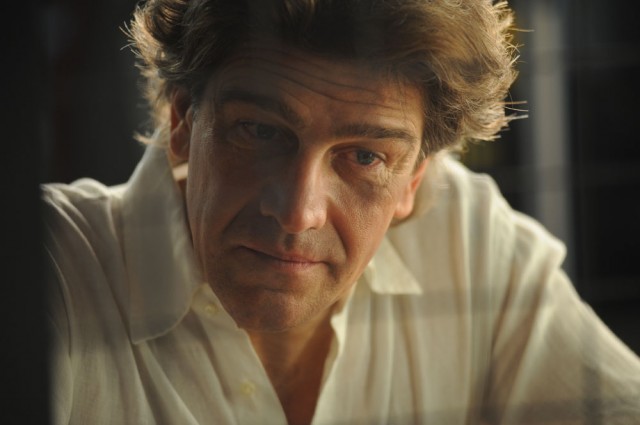
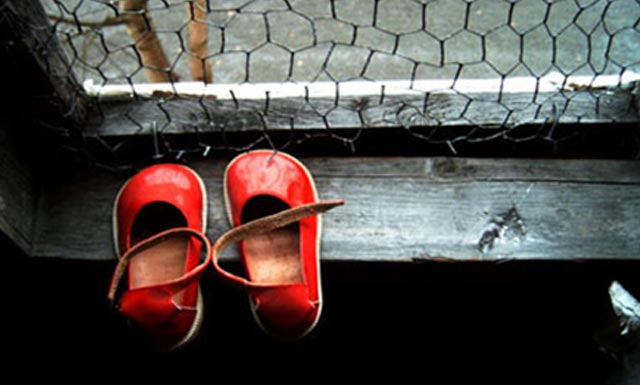

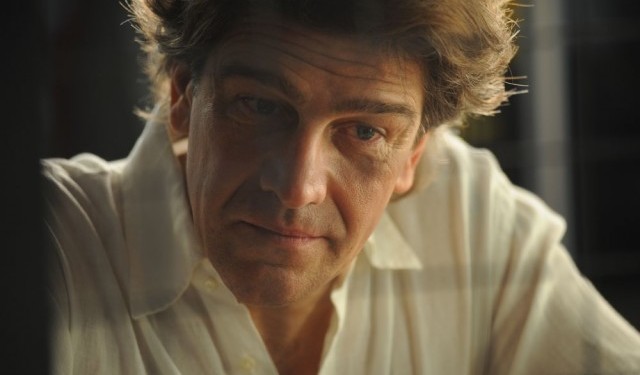

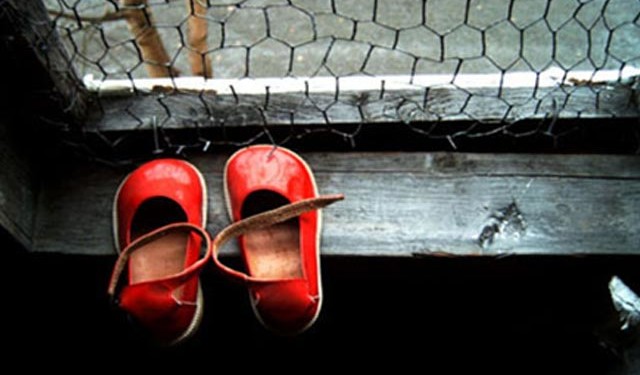
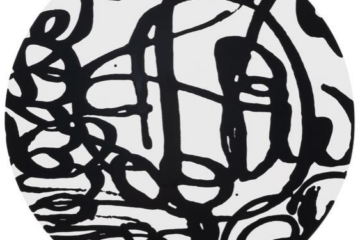
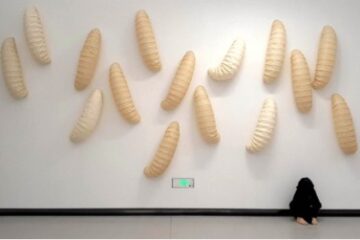
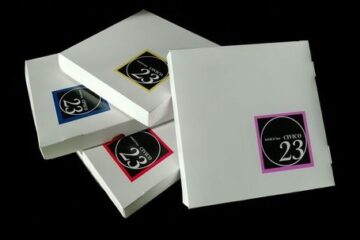
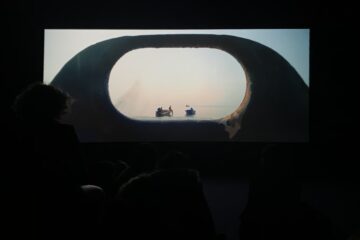

No Comment